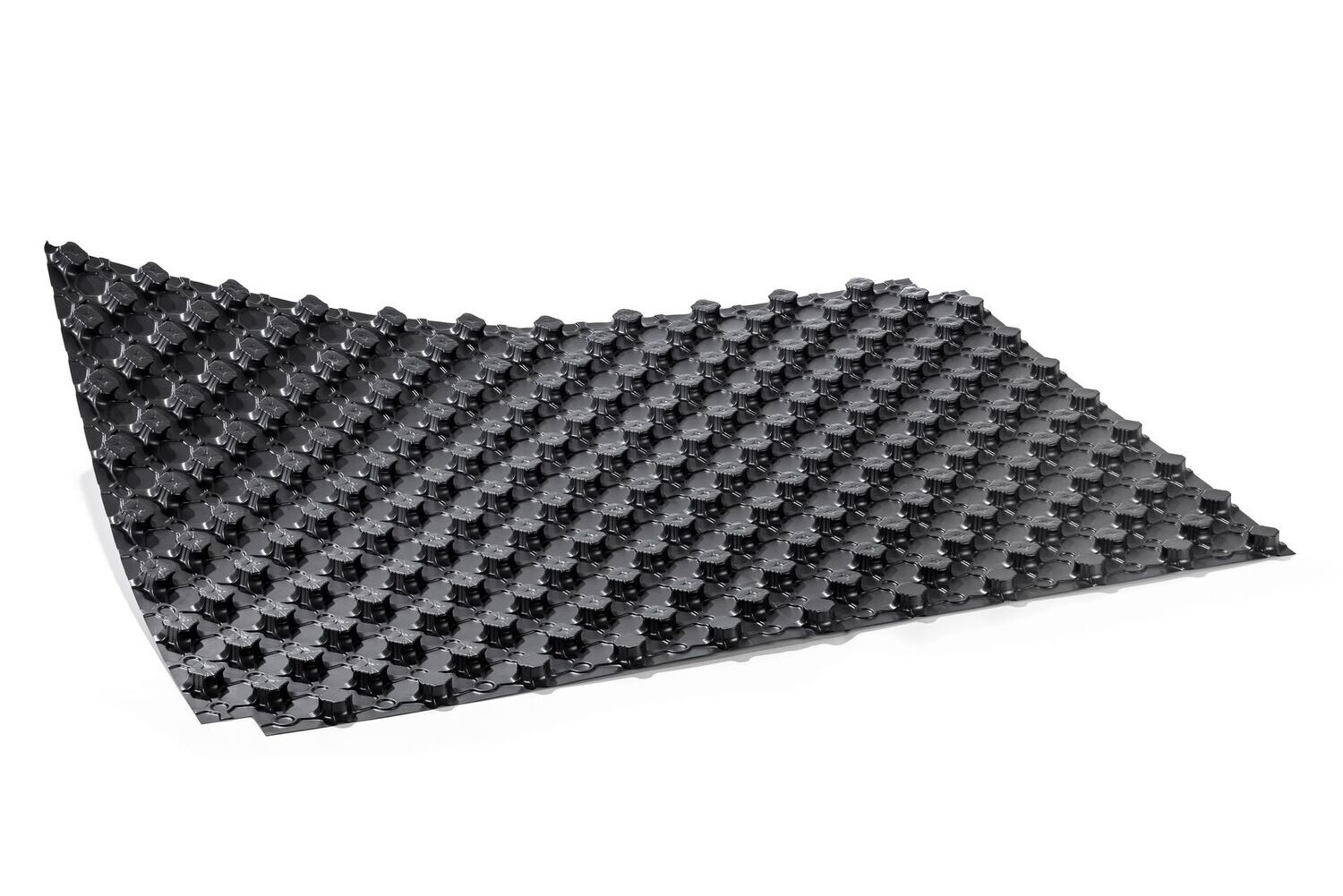CATALOGO
Linee per i pannelli riscaldamento a pavimento
Il riscaldamento a pavimento è un sistema di riscaldamento che prevede l'installazione di tubi o cavi elettrici sotto il pavimento, attraverso i quali circola acqua calda o elettricità per riscaldare l'ambiente. I pannelli per il riscaldamento a pavimento sono componenti importanti di questo sistema e vengono utilizzati per distribuire in modo uniforme il calore generato.
Ecco alcune informazioni generali sui pannelli per il riscaldamento a pavimento:
- Materiali: I pannelli per il riscaldamento a pavimento possono essere realizzati in vari materiali, tra cui isolanti termici come il polistirene espanso (EPS), il polistirene estruso (XPS) o il polietilene espanso reticolato (PEX). Questi materiali assicurano che il calore generato dal sistema di riscaldamento venga distribuito verso l'alto e non disperda verso il basso.
- Struttura: I pannelli sono progettati per ospitare i tubi o i cavi del sistema di riscaldamento. Possono avere un design a incastro o a innesto che permette di posizionarli in modo preciso e sicuro, creando un substrato stabile per il pavimento finito.
- Distribuzione del calore: I pannelli contribuiscono a distribuire uniformemente il calore generato dal sistema di riscaldamento sotto il pavimento. Questo assicura che l'ambiente venga riscaldato in modo confortevole senza punti caldi o freddi.
- Installazione: L'installazione dei pannelli per il riscaldamento a pavimento richiede una pianificazione accurata. I pannelli vengono posizionati sulla superficie del pavimento esistente e ancorati in posizione. Successivamente, i tubi o cavi del sistema di riscaldamento vengono inseriti nei pannelli secondo il layout previsto.
- Tipi di riscaldamento a pavimento: Esistono due tipi principali di riscaldamento a pavimento: ad acqua calda e elettrico. Nei sistemi ad acqua calda, i tubi dei pannelli sono collegati a una caldaia che riscalda l'acqua; nei sistemi elettrici, cavi riscaldanti sono incorporati nei pannelli per generare calore direttamente.
- Efficienza energetica: Il riscaldamento a pavimento può essere efficiente dal punto di vista energetico, poiché opera a temperature più basse rispetto ai tradizionali sistemi di riscaldamento radiante. Questo può portare a un risparmio di energia e a una distribuzione uniforme del calore nell'ambiente.
L'installazione di un sistema di riscaldamento a pavimento richiede competenze tecniche specializzate e una pianificazione accurata.
Le macchine di questa famiglia producono ,mediante termoformatura, pannelli bugnati in materiale plastico, i quali costituiscono una base più o meno isolata per la stesura del tubo di riscaldamento sottopavimento.
Si distinguono in due grandi categorie:
- termoformatura del layer in materiale termoplastico generalmente in PS
- linea completa per termoformatura del layer in materiale termoplastico generalmente in PS e successivo accoppiamento di materlale espanso EPS per mgilorare l'efficienza energetica
Nel primo caso la macchina è molto simile ad una classica termoformatrice e cambiano solo i dispositivi di taglio: uno per il taglio perpendicolare tramite fustella ed uno composto da due tagli di sfrido laterali. Gli sfridi vengono generalemnte convogliati in un mulino di recupero e i pezzi finiti vengono impilati e contati.
Nel secondo caso , fatto salvo di altre soluzioni, la prima parte della macchina ha lo stesso layout descritto per la linea di cui al punto uno. Dopodichè i pannelli in EPS vengono accoppiati con quelli termofromati ed introdotti in delle scatole. Una chiusura automatica ed una reggiata ne completano la linea






